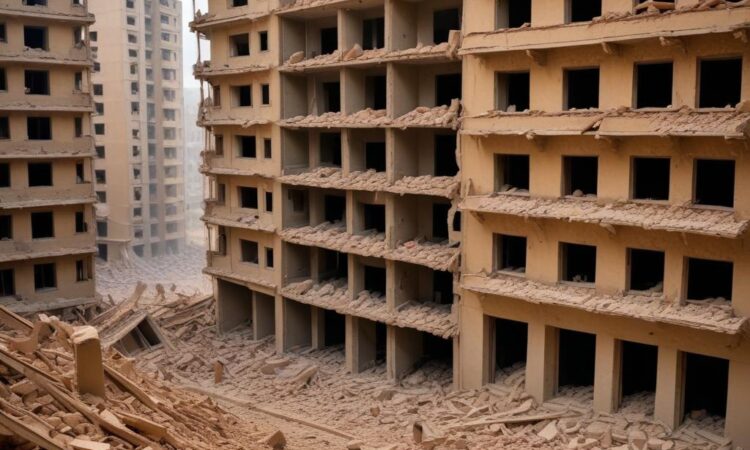IDF Says Bombed Apartments Were Hezbollah Base – But Most Killed Were Civilians
Okay, so here’s the lowdown on this whole situation. The Israeli Defense Forces (IDF) are saying they hit a Hezbollah base in a Lebanese apartment building. Straight up, they’re claiming it was a legitimate military target. Problem is, a BBC investigation is painting a very different picture.
Turns out, most of the people killed in that missile strike weren’t Hezbollah fighters. We’re talking mostly civilians – women, kids, the whole shebang. That’s a pretty brutal detail, right? The IDF’s story is looking…well, let’s just say it’s getting some serious scrutiny.
Now, I’m not here to point fingers or make accusations. I’m just laying out the facts as I understand them. The IDF’s official line is that they had intelligence indicating a significant Hezbollah presence in that building. They claim this was a carefully planned operation to neutralize a threat. They are asserting that the civilian casualties are regrettable but unavoidable in this type of operation.
But the BBC’s reporting casts doubt on that narrative. Their investigation speaks to survivors, neighbors, and even some independent analysts who are questioning the IDF’s account. The discrepancy between the official story and the on-the-ground reality is causing a huge uproar. People are understandably furious. The human cost is devastating, regardless of the military implications.
This whole thing highlights a really complicated issue. We’re talking about a conflict zone where intelligence gathering is incredibly difficult and where the lines between military targets and civilian areas can be painfully blurry. It raises serious questions about the accuracy of intelligence, the proportionality of military responses, and the overall accountability for civilian casualties in wartime.
It’s also a reminder that information in conflict zones is often fragmented and biased. Different sides will tell different stories, and independent verification is crucial to getting a clear picture. The BBC’s report is a step in that direction, offering a counter-narrative to the official IDF account. It’s definitely worth reading their full report for a more in-depth understanding.
One of the biggest challenges is verifying information from both sides in a conflict like this. There are so many different perspectives, and trust is often in short supply. The sheer complexity of the situation makes it hard to form a complete and unbiased opinion, which is why it is so important to always consider multiple sources. That’s why we should always seek out different perspectives and critically assess the information we consume.
What makes this even more complicated is the sheer emotional weight of this situation. We are talking about the loss of innocent lives. The images, which I can’t show you here, but which are easily found elsewhere, would be incredibly disturbing. They would show the devastation of the apartment block and the impact of the strike on families. This emphasizes the immense human cost of the conflict.
This isn’t just a matter of military strategy; it’s a human tragedy. And understanding the full story requires a careful and critical approach to information, respecting the pain and suffering of those involved. It’s about remembering that behind every statistic, every casualty report, there are real people, real lives, and real grief.
In short, the situation is messy, complex, and heartbreaking. There’s a huge discrepancy between the IDF’s claim and the evidence presented by the BBC. It highlights the challenges of warfare, the complexities of intelligence gathering, and the devastating human cost of conflict. We should stay informed, demand accountability, and strive for a more peaceful future.
This is a developing story, and I’ll be sure to update you as more information becomes available. For now, it’s crucial to approach this news with a critical eye, considering the source and seeking out diverse perspectives.
Keep checking back for updates!

